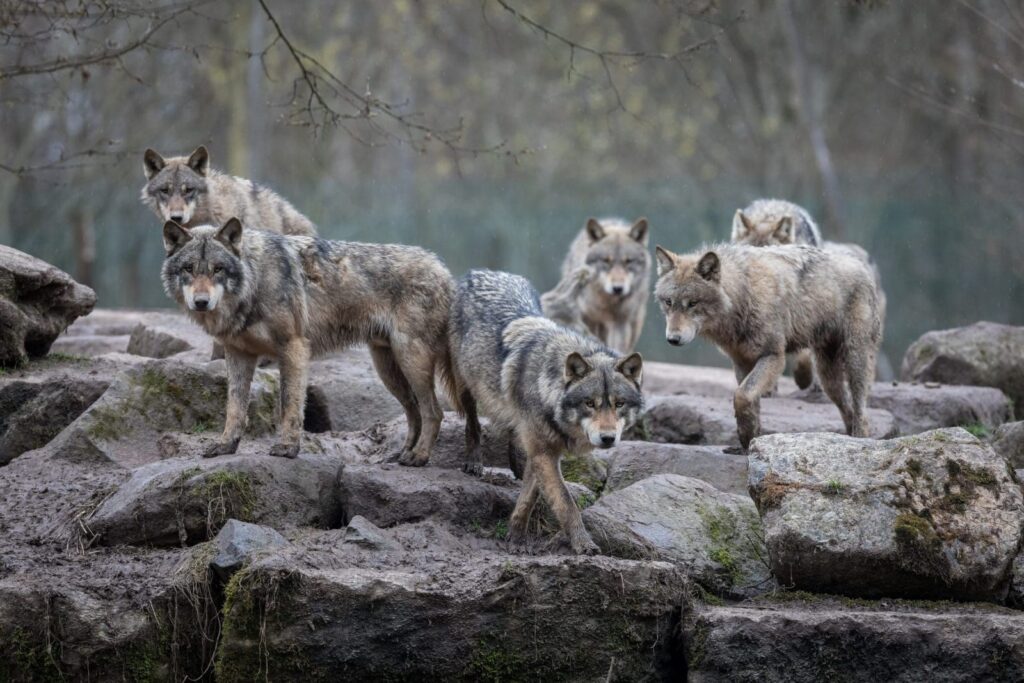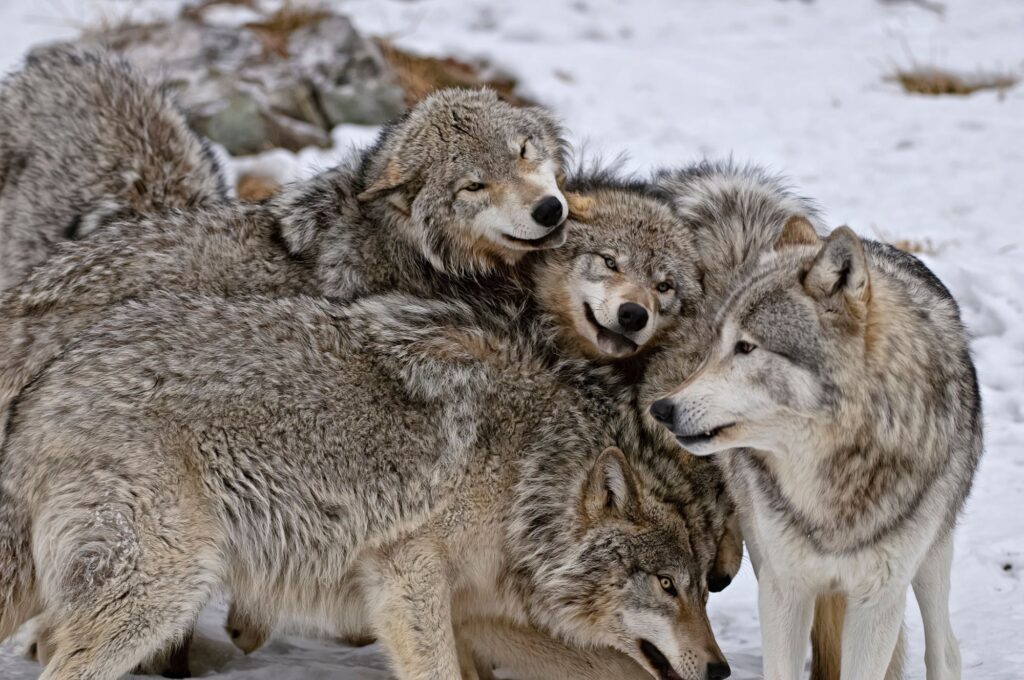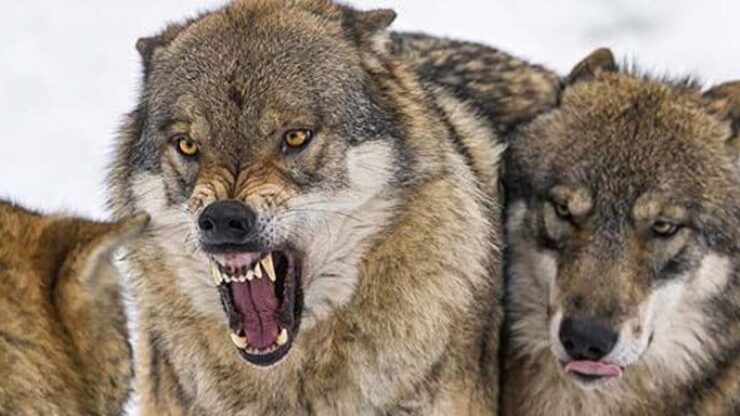When you think of primates, do you picture a big, tough “alpha male” running the show? Turns out, that’s more Hollywood than reality. New research is flipping the script on what we thought we knew about who’s really in charge among our closest animal relatives.
The Old Story: Males Rule, Females Follow
For ages, scientists (and, let’s be honest, most of us) saw primate societies as either run by dominant males or, in rare cases, by tough females. It seemed simple: one sex on top, the other below, and that’s that. But, as it turns out, nature isn’t so black and white.
The New Research: A Massive Primate Census

A team led by Elise Huchard, a primatologist at the University of Montpellier, decided to dig deeper. Over five years, they scoured scientific reports and field notes, gathering data from 253 populations across 121 different primate species—from monkeys and lemurs to tarsiers and lorises.
They weren’t just looking for big, dramatic fights. They counted all kinds of interactions: aggression, subtle threats, and even little moments like who moves out of whose way. Basically, anything that hinted at who was calling the shots.
The Surprising Results
Male dominance (where males win over 90% of the time) was only found in about 17% of the populations. Think baboons and chimpanzees—species where males are bigger, stronger, and more likely to throw their weight around.
Female dominance popped up in about 13% of cases, especially among lemurs and bonobos, where females have some serious control over reproduction.
That leaves a whopping 70% of primate societies where things are… well, complicated. Sometimes males win, sometimes females, and sometimes it depends on who’s around or what’s at stake.
Why Does Dominance Change?
It’s not just about muscle. In some species, females hold the power because they control when and with whom they mate. For example, female baboons have obvious signs when they’re ready to mate, so males guard them closely. But bonobo females? Their signals are way more subtle, so they have more freedom to choose.
Female dominance is also more likely when females compete with each other, or when males help out more with the kids. Monogamy and female-female competition seem to tip the scales in favor of the ladies

What About Us Humans?
So, where do we fit in? According to Huchard, humans probably land in that big, messy middle group. Early human societies, especially hunter-gatherers, were a lot more equal than the strict hierarchies we sometimes see today. The whole “men always lead” thing? That’s more recent, and not really in our DNA.

The Big Takeaway
The idea of the “alpha male” is mostly a myth—at least in the primate world. Power dynamics are way more flexible and nuanced than we ever thought. Sometimes males lead, sometimes females, and often, it’s a bit of both.
So next time you hear someone talking about “alpha males,” just remember: in the wild world of primates, there’s a lot more going on than meets the eye.
READ MORE
- Pigeons Remember Us—It’s Time We Remember ThemPigeons Are Misunderstood Geniuses. Most people don’t realize just how incredible Pigeons truly are. These gentle birds aren’t just loyal...
- What Happens After You Drink Water?Water is a ubiquitous and vital component of not just the Earth, but of the human body itself, comprising 55-60%...
- Oldest Known Microbial DNA Recovered from Mammoths RemainsScientists discovered microbial DNA in woolly and steppe mammoth remains that date back more than one million years. This finding...
- NASA Rover Spots Most Promising Signs of Ancient Life on MarsScientists with NASA’s Perseverance rover mission announced unusual markings on a Martian rock nicknamed Cheyava Falls. They believe this may...
- Do humans and chimps really share nearly 99% of their DNA?For decades, scientists often claimed that humans and chimpanzees share nearly 99% of their DNA. This idea highlighted the close...
Reference
Huchard, E., et al. (2025). The evolution of male–female dominance relations in primate societies. Proceedings of the National Academy of Sciences, 122(27), e2500405122. https://doi.org/10.1073/pnas.2500405122





















